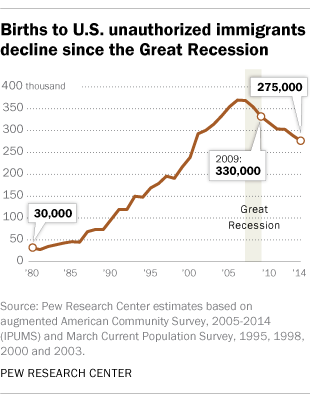Illegal Immigrant Population in U.S. Falls by 1.6 Million in Six Months, CIS Analysis Shows

Washington, D.C. – The U.S. foreign-born population experienced an unprecedented decline of 2.2 million between January and July 2025, according to new data analyzed by the Center for Immigration Studies (CIS). This significant drop includes an estimated 1.6 million reduction in the illegal immigrant population during the same six-month period. The findings, based on an analysis of the Bureau of Labor Statistics’ (BLS) Current Population Survey (CPS) data, mark the largest six-month decline ever recorded within the same year.
Byron York highlighted the figures from CIS, stating in a tweet, > "New data show 'unprecedented 2.2 million decline in total foreign-born or immigrant population (legal and illegal) between January and July of this year...number of illegal immigrants has fallen by 1.6 million in just the last 6 months.'"
Steven A. Camarota, CIS Research Director, indicated that the reduction is likely a direct consequence of increased out-migration driven by stepped-up enforcement measures. "The best evidence we have is that the illegal population is now falling at a rate that even exceeds the massive growth that we had in Biden’s four years," Camarota stated, linking the decline to the current administration's rhetoric, high-profile enforcement actions, and border policies. The number of non-citizens accounted for the entirety of the foreign-born falloff, while the naturalized U.S. citizen population saw an increase.
The rapid decrease in the foreign-born population could have significant economic and societal implications. The Dallas Federal Reserve noted in July 2025 that declining unauthorized immigration weighs on Gross Domestic Product (GDP) growth, with potential negative impacts on the economy. Conversely, the reduction may alleviate pressure on public services such as schools and hospitals, and potentially create job opportunities for U.S.-born citizens, as suggested by Camarota.
However, the CIS analysis includes several caveats. Researchers acknowledge the possibility that increased enforcement efforts might lead to greater reluctance among immigrants to participate in surveys or identify as foreign-born. Additionally, the estimate for the illegal immigrant population remains preliminary due to the incomplete availability of necessary administrative data. Despite these considerations, the observed trends represent a substantial shift in U.S. demographic patterns.